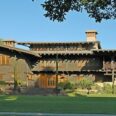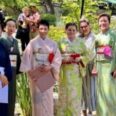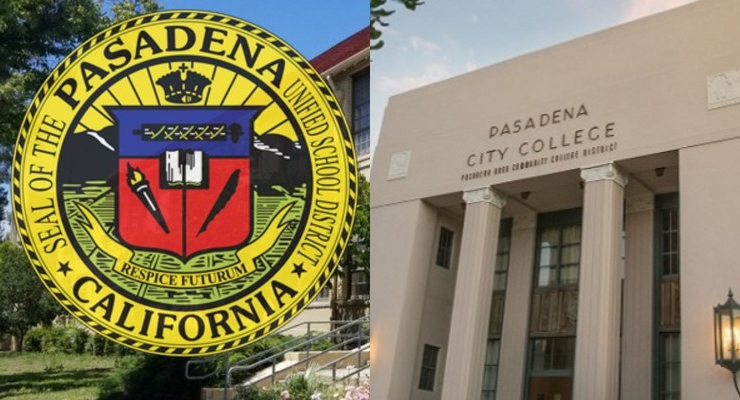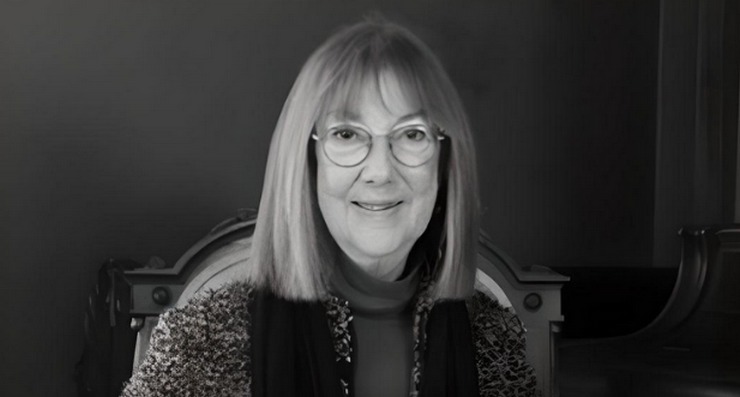After a 19.9 percent voter turnout in the 2015 Pasadena general municipal election, local grassroots organization Pasadena Neighborhood Leadership Institute Cohort 2015 (PNLI) is working to educate the public, listen to them, find out why voter participation is so low and make common sense changes to the voting process to increase local engagement.
PNLI, an interactive training program designed to empower emerging, locally based leadership, was the vision of former Pasadena Mayor William Bogaard, created in partnership with the Flintridge Foundation and the Pasadena Foundation, and administered through the City’s Neighborhood Connections Office.
For its group project, the 2015 PNLI Cohort called in focus groups to assess voter turnout for local Pasadena elections. The focus groups involved eligible and soon-to-be eligible Pasadena voters who were asked to state their opinions about why turnout for the municipal elections was so low.
The participants were asked to describe what factors motivate or hinder them from voting on local issues and candidates, and what processes they think would encourage voter turnout at the local level.
With no official funding, the focus group study proceeded with moderators and note-takers who were members of the 2015 PNLI Cohort and who served on a voluntary basis.
Experts in the non-profit and academic sectors – among them Brian Biery of the Flintridge Center, Raphael Sonenshein of the Pat Brown Institute for Public Affairs at California State University Los Angeles and Christy Zamani of Day One – helped develop the focus group questions.
The target population for these voter turnout focus group interviews were Pasadena residents who were eligible or will soon be eligible to vote.
Those in the “eligible to vote” category included people ranging in age from 18-year-old high school students to senior citizens. Among those in the “soon-to-be eligible to vote” category were 16- and 17-year-old students enrolled in government classes at Marshall Fundamental School and Pasadena High School.
Speaking for PNLI, Carmela Landucci says many Pasadena area residents were elated at being part of the focus groups and being given the chance to express their opinions about how they vote or why they vote and why not.
“In the confusion, we did refer that all the people were just so happy to just have been given the opportunity to express themselves and to talk about issues with their peers,” Landucci said. “You know, when you get your voting ballot and you’re sitting there with all these issues and candidates and you’re alone and you’re not sure, people do Google and stuff like that, but there this organic interaction when you’re all there face to face. The focus groups were like magic, it was incredible.”
Landucci said she is herself overwhelmed by the number of issues that were brought up in the focus groups from all walks of life and from a very generic Pasadena point of view.
“We even had a homeless man that came to one of our focus groups just to give us a whole take on what homeless people think,” she relates. “And we had a Spanish-speaking one and people with disabilities and basically I’m under the impression that people want to get together and talk because the world is kind of a scary place and changing.”
Among the reasons the participants gave for the low Pasadena voter turnout was “voter apathy.” Similarly, some participants interpreted this statistic to mean that people “lack interest” or “don’t care about local affairs.”
Others described a one-in-five voter turnout to indicate “laziness,” “procrastination,” and “indecisiveness.” A lack of motivation to vote was also expressed in terms of voter contentment, i.e., that “voters are satisfied,” that “there is good quality of life here,” and thus people don’t see the need to vote.
As for barriers, among those they mentioned were people being “too busy” to vote, believing that “voting doesn’t make a difference,” and thinking that the voting process is “inconvenient.”
Some participants also opined that 19.9% voter turnout indicated a “lack of knowledge” of issues and/or of the candidates.
Varied reasons came out of the question on whether the timing of the Pasadena municipal election is a factor that either encourages or discourages voting. Many of those who said the current system of holding Pasadena local elections on odd years discourages voting said people are too busy to vote in multiple elections, or that consolidating local, state and national elections takes advantage of people’s being in a “voting mindset.”
Those who said the current system encourages more voters said consolidated elections will cause local issues to be “drowned out” by national issues.
One idea that got voted on was changing the voting in Pasadena from odd years to even years to match the general elections.
“Well, we brought that up at the table and everyone voted for it,” Landucci said. “The city turned around and practically shut us down, because they didn’t want to talk about it. So it was really weird. It turned out that they’ve already got this in the works to start by 2022.”
PNLI concluded that as a result of the focus group discussions, more and more Pasadena area residents see the need for similar group activities that would encourage voter engagement. The participants also recommended more local candidate forums, debates, and community meetings to increase understanding of issues and candidates on the local ballot. Many of them also agreed that greater opportunities for community discussion, whether in person or through social media, are key to increasing voter turnout.














 0 comments
0 comments


